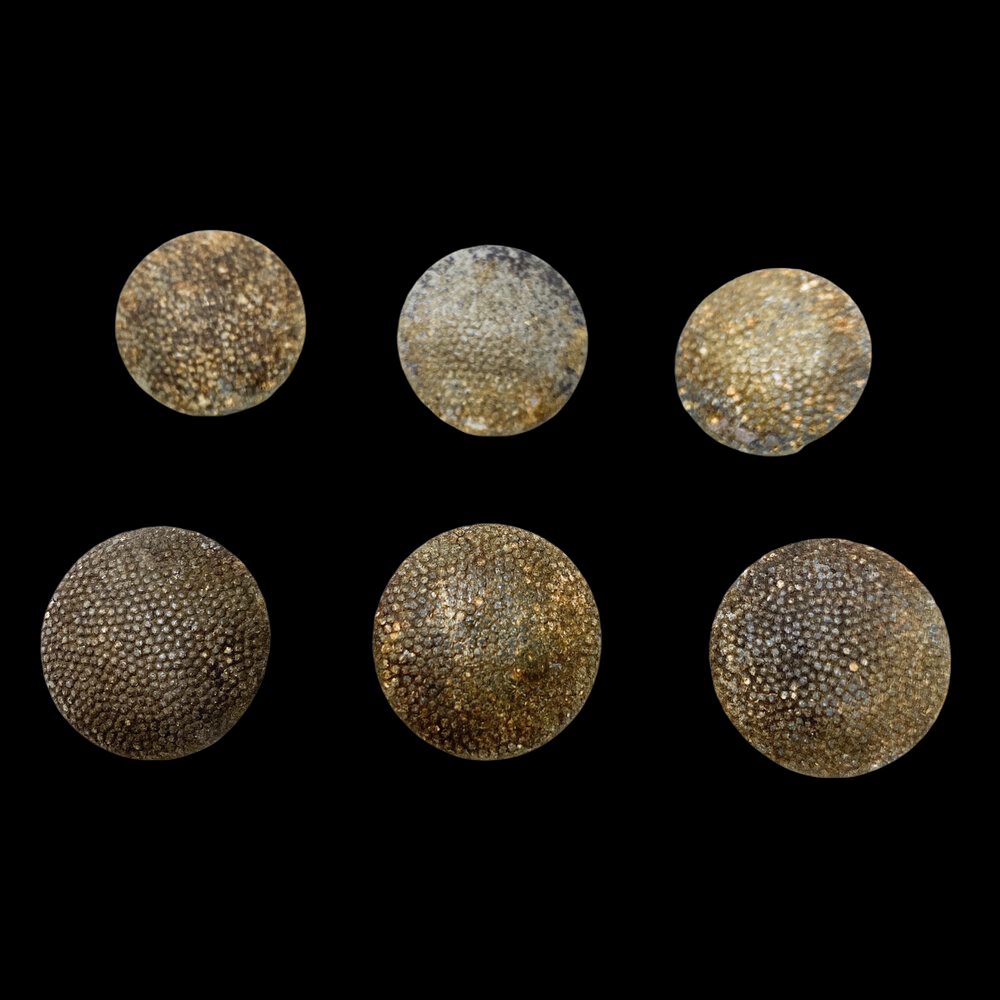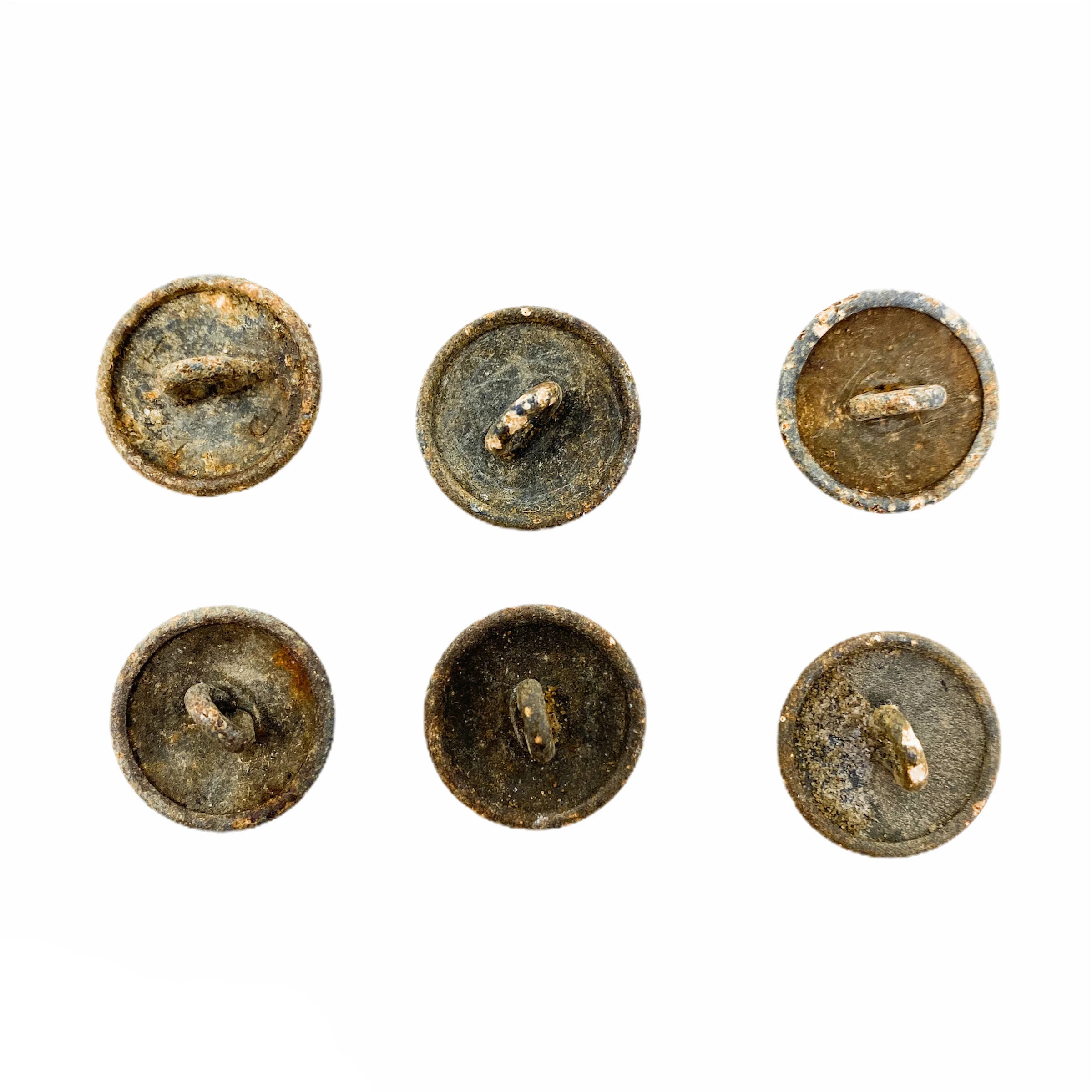1 'Randomly' Selected WWII France Battlefield Dug German Combat Tunic Button



1 'Randomly' Selected WWII France Battlefield Dug German Combat Tunic Button
When we established Premier Relics as one of the growing leading artifact dealers in the United States we wanted to bring authentic, researched, and museum grade artifacts to the general public. This ‘LOT COLLECTION’ was created on the basis of providing real and authentic relics from the past at EXTREMELY affordable prices.
When purchasing an artifact from our ‘Lot Collection’ you will receive one randomly selected artifact from the lot (group) of relics you see in the photo. The photo represents the exact quantity that is originally available as well as one of the randomly selected relics that you will receive. Meaning that one of the artifacts you purchased and receive is pictured in this exact photo.
These WWII German combat tunic buttons were dug and excavated from a World War II battlefield. We acquired a recently dug group that was sent over from Europe.
History of the German Army Feldbluse:
When the Nazis came to power in early 1933 the Reichswehr, the armed forces of the Weimar Republic, were near the end of a two-year project to redesign the Army Feldbluse (field-blouse). Beginning in that year the new tunic was issued to the Reichsheer and then the rapidly growing Wehrmacht Heer, although minor design changes continued to be made until the appearance of the standardized Heeres Dienstanzug Modell 1936. The M36 tunic still retained the traditional Imperial and Reichswehr uniform color of grey-green "field gray" (feldgrau)[a] wool, but incorporated four front patch pockets with scalloped flaps and pleats (on Reichswehr tunics the lower pockets were internal and angled). The front was closed with five buttons rather than the previous eight, and the collar and shoulder straps were of a dark bottle-green instead of the Reichswehr grey. Compared to the Weimar-era uniforms the skirt of the feldbluse was shorter and the tailoring was more form-fitting due to Germany's adoption of mechanized warfare: soldiers now spent much time in the confined space of a vehicle and a shorter jacket was less likely to pick up dirt from the seats. It also included an internal suspension system, whereby a soldier could hang an equipment belt on a series of hooks outside of the tunic. These hooks were connected to two straps inside the lining, which spread the weight of equipment without having to use external equipment suspenders. The M36 was produced and issued until the very end of the war, though successive patterns became predominant.